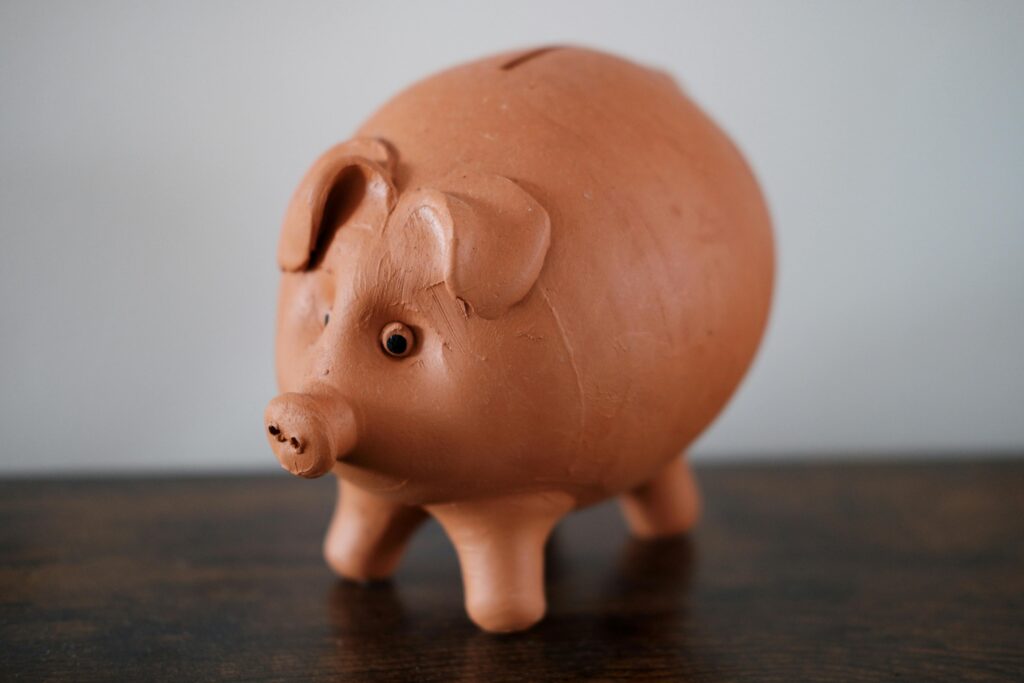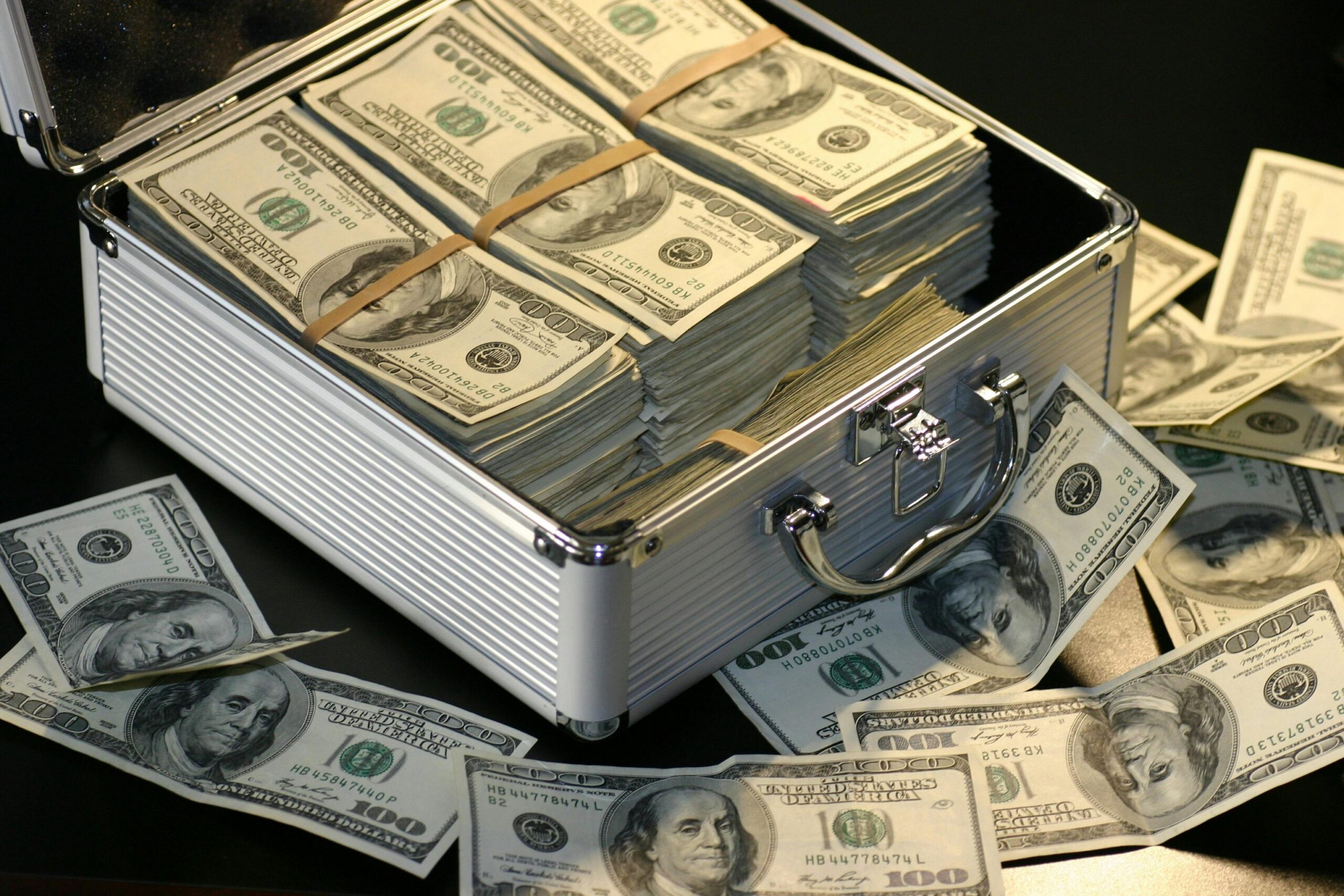“It’s not the man who has too little, but the man who craves more, that is poor.” – Seneca
How Much Should Be In An Emergency Fund?: When life throws curveballs—unexpected medical bills, job loss, car repairs—an emergency fund can be your financial shield. But a common question for many starting their personal finance journey is: how much should be in an emergency fund?
Let’s explore how to calculate the ideal emergency corpus, where to keep it, and how to build it efficiently from scratch.
What Is An Emergency Fund And Why Do You Need One?
An emergency fund is a pool of money set aside specifically for unforeseen expenses. As Tata Capital explains, it’s your financial backup in case of income disruption, accidents, or family emergencies. Without one, you may be forced to rely on high-interest loans or dip into long-term investments.
Statistical Insight: How Much Should Be In An Emergency Fund?
Financial experts such as those at Fidelity and Dave Ramsey recommend saving 3 to 6 months’ worth of essential expenses, depending on job security and household size. For example, if your monthly expenses are $2,500, your emergency fund should ideally hold $7,500 to $15,000.
A 2024 Bankrate survey found that 57% of Americans cannot afford an unexpected $1,000 expense, emphasizing the importance of saving early. High-yield savings accounts are the most recommended option for storing emergency funds due to easy access and better returns.
Related keywords:
- “emergency savings amount” – 1,900 monthly searches
- “how much emergency fund do I need” – 2,100
This data reflects a strong need for financial preparedness education.
How Much Should Be in an Emergency Fund?
There’s no one-size-fits-all figure. According to Standard Chartered’s calculator, the ideal emergency fund should cover 3 to 6 months of essential expenses such as rent, groceries, utilities, insurance, and EMIs. For families or people with unstable income, a 6–9 month cushion is recommended.
Here’s a quick formula:
Monthly essential expenses × 6 = Ideal emergency fund
Example: If your monthly expenses are ₹30,000, your target emergency fund should be ₹1,80,000.
Where Should You Park Your Emergency Fund?
Liquidity is key. As per ClearTax, the best places to keep your emergency fund include:
- High-interest savings accounts
- Liquid mutual funds
- Recurring deposits
- Sweep-in fixed deposits

Avoid locking your emergency corpus in long-term, illiquid investments like PPFs or equity funds.
Strategies To Build Your Fund Efficiently
According to Livemint’s 2025 guide, some proven tips include:
- Automate your savings
- Start small—₹500 or ₹1,000 a month
- Use windfalls like bonuses or tax refunds
- Cut non-essential expenses
- Avoid tapping into the fund unless it’s a real emergency
Consistency matters more than size in the beginning.
Keep It Separate And Track It
Ujjivan SFB advises opening a dedicated account just for your emergency savings. This helps you mentally separate it from daily spending money and reduces the temptation to dip into it.
Final Thought
The amount in your emergency fund isn’t just a number—it’s your peace of mind. Start small, stay consistent, and build your financial safety net one month at a time.
FAQs
How Much Should Be In An Emergency Fund?
Ideally, 3–6 months of essential living expenses. If you have dependents or irregular income, aim for 6–9 months.
How Do I Calculate My Emergency Fund Goal?
Multiply your monthly necessities (rent, food, utilities, EMIs) by 6. Example: ₹30,000 × 6 = ₹1,80,000.
Can I Invest My Emergency Fund?
Only in highly liquid, low-risk options like savings accounts, sweep-in FDs, or liquid mutual funds—not stocks or long-term instruments.
How Long Does It Take To Build An Emergency Fund?
That depends on your savings rate. Most people can build a basic fund in 6–12 months with consistent effort.
Is ₹50,000 Enough As An Emergency Fund?
It’s a good start, especially for singles with low expenses. But work towards the 3–6 month target.
Should I Use A Credit Card For Emergencies Instead?
No. Credit cards lead to debt and interest. Emergency funds give you freedom without future obligations.
Where Should I Keep My Emergency Fund?
In a liquid and easily accessible place—high-yield savings account, liquid fund, or recurring deposit.

